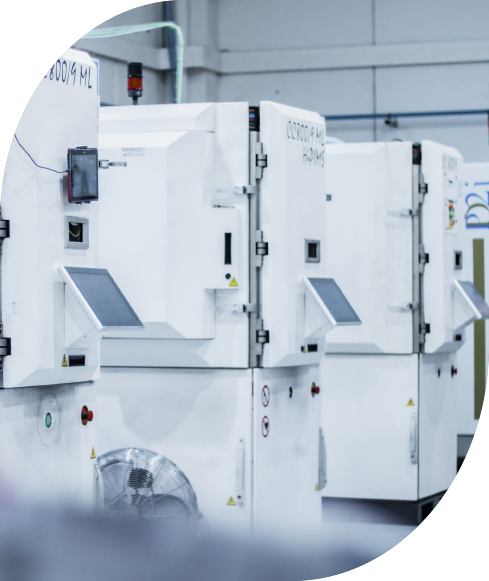SERVICES
Coating technologies

SERVICES
Coating technologies
PVD TECHNOLOGY
Physical Vapor Deposition
All reactive PVD processes are based on the evaporation and ionisation of a metal that reacts with an ionised gas to form ceramic compounds that are then deposited on the substrate as a coating. Ceramic composites have higher hardnesses and lower friction coefficients than metals.
This metal is polarised. What for? To direct the ions and form and bond the compound securely to the substrate surface.
All PVD techniques require ultra-high vacuum (2-4 mPa) and involve the common phases of pre-heating of the substrate to be coated, ion attack, coating and cooling.
WHICH PVD TECHNOLOGIES DO WE USE FOR OUR COATINGS?
PVD MS
MAGNETRON SPUTTERING
This technology differs from others in the way a metal or ceramic compound is evaporated.
Sputtering technology is the most studied vacuum technology for obtaining very homogeneous layers with a constant morphology and composition, ‘copying’ the original roughness of the substrate. Not only conductive metals can be evaporated, but also non-conductive materials, ceramics and graphite, among others.
PVD CAE
CATHODIC ARC EVAPORATION
This technology vaporises metals by applying an electric arc to the target surface. Using magnetic fields, the arc travels across the surface of the metal in a random or directed manner, melting, evaporating and ionising the metal atoms.
PVD HiPIMS
HIGH POWER IMPULSE MAGNETRON SPUTTERING
This is a new generation of coatings obtained by magnetron sputtering, where ionisation is greatly increased to avoid the formation of micro-droplets. For this purpose, the target is argon-bombarded using high power megawatt (MW) pulsed discharges (with frequencies of microseconds).
CVD TECHNOLOGY
CHEMICAL VAPOR DEPOSITION
In CVD, both metals and non-metals form gaseous compounds (precursors) that are introduced into the reactor. The processes are carried out at high temperatures (close to 1000 ºC) to boost the reactions that form the compounds that are deposited and diffused into the substrate.
WHICH CVD TECHNOLOGIES DO WE USE FOR OUR COATINGS?
HF CVD
HOT FILAMENT CHEMICAL VAPOR DEPOSITION
This technology is used mainly to obtain polycrystalline diamond (PCD) coatings. The precursors are methane (CH4) and hydrogen (H2) and the process is carried out at 1000 ºC. This high temperature means that only cemented carbides (hard metal) can be coated by HF CVD. To generate the diamond-forming conditions, the process is assisted by a hot filament next to the tools to be coated, which are then polarised with regard to the reactor walls.
PECVD
PLASMA-ENHANCED CHEMICAL VAPOR DEPOSITION
PECVD technology is used mainly to obtain DLC (Diamond Like Carbon) amorphous carbon coatings. The precursors are activated and react at temperatures below 200 ºC with the help of a potential difference between parts and reactor walls. The precursors are usually methane (CH4) or acetylene (C2H2) and the plasma is generated by RF or DC power supplies. If the PECVD process is carried out in MS PVD reactors, graphite can also be evaporated to improve the properties of the DLC coatings.


